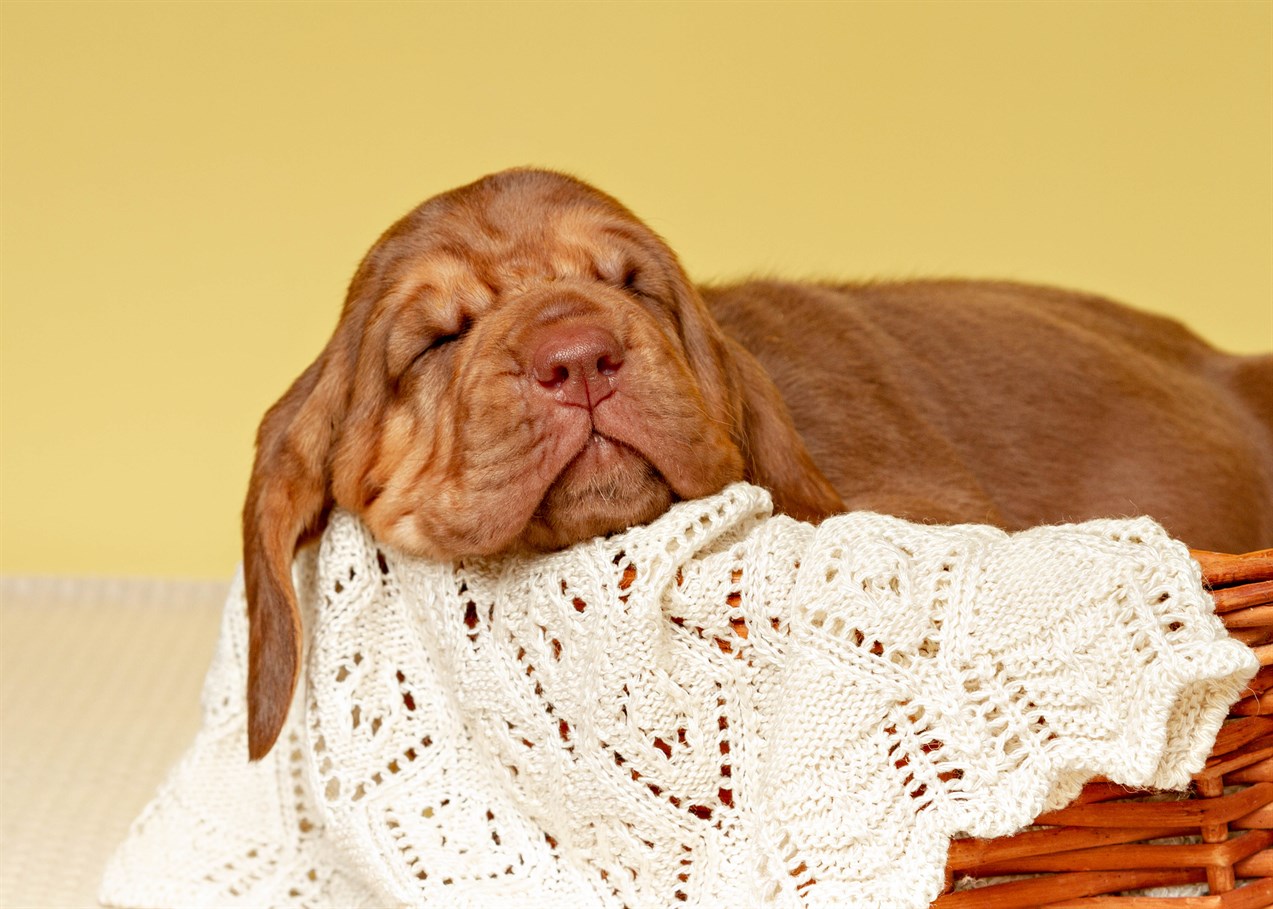Exercise Requirements of the Bloodhounds

Bloodhounds, known for their droopy ears and incredible scenting abilities, are not the most active breed, but they do have specific exercise requirements to keep them healthy and happy. Understanding their needs will help you provide appropriate physical activity for your Bloodhound:
- Moderate Exercise: Bloodhounds are considered a low-to-moderate energy breed. While they may not require vigorous exercise, they still benefit from regular activity to maintain a healthy weight and prevent boredom.
- Daily Walks: Daily walks are essential for Bloodhounds. Aim for at least one or two brisk walks each day, each lasting around 30 minutes. These walks provide physical exercise and mental stimulation as they explore scents along the way.
- Off-Leash Play: Bloodhounds enjoy a good romp in a secure, fenced yard. Providing them with opportunities for off-leash play can satisfy their desire to move around freely. Ensure the fencing is high and secure, as Bloodhounds can be determined wanderers when they catch an interesting scent.
- Mental Stimulation: Bloodhounds are intelligent dogs with an excellent sense of smell. Engage their minds with puzzle toys, scent games, or obedience training. Mental stimulation is just as important as physical exercise for this breed.
- Socialisation: Bloodhounds are generally sociable dogs. Regular socialisation with other dogs and exposure to various people, places, and experiences can help them become well-adjusted and confident pets.
- Short Play Sessions: Bloodhounds may enjoy short play sessions in a securely fenced area. Fetch or gentle tug-of-war games can provide additional exercise and bonding time.
- Watch for Overexertion: Bloodhounds are prone to overheating due to their loose, wrinkled skin. Avoid exercising them during the hottest parts of the day and be vigilant for signs of overheating, such as excessive panting or drooling. Provide plenty of water and shade during outdoor activities.
- Adapt to Age: As Bloodhounds age, their exercise needs may change. Senior Bloodhounds may require shorter and less intense activities. Pay attention to their individual abilities and adjust their exercise accordingly.
- Leash Training: Bloodhounds have a strong scent drive and can easily become distracted by interesting smells during walks. Proper leash training is essential to ensure they don't pull excessively and that you maintain control.
Remember that every Bloodhound is unique, and their exercise needs may vary based on their age, health, and individual temperament. It's crucial to provide both physical and mental stimulation to keep them happy and prevent behavioral issues. Additionally, consult with your veterinarian to create an exercise plan tailored to your specific Bloodhound's needs and health status.
Bloodhound puppies for sale
- Find Bloodhound puppies for sale in ACT
- Find Bloodhound puppies for sale in NSW
- Find Bloodhound puppies for sale in NT
- Find Bloodhound puppies for sale in QLD
- Find Bloodhound puppies for sale in SA
- Find Bloodhound puppies for sale in TAS
- Find Bloodhound puppies for sale in VIC
- Find Bloodhound puppies for sale in WA